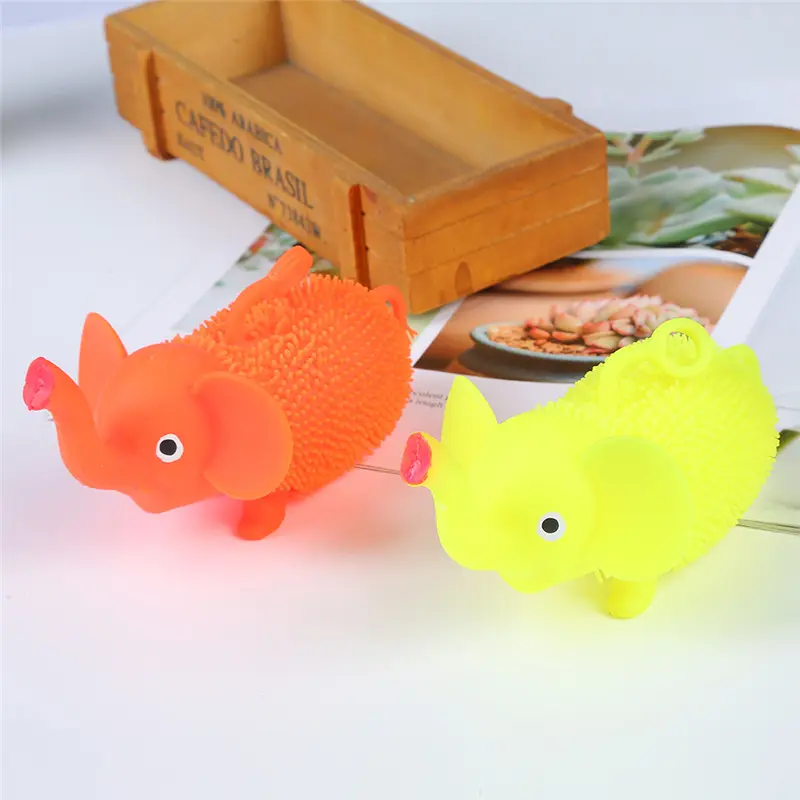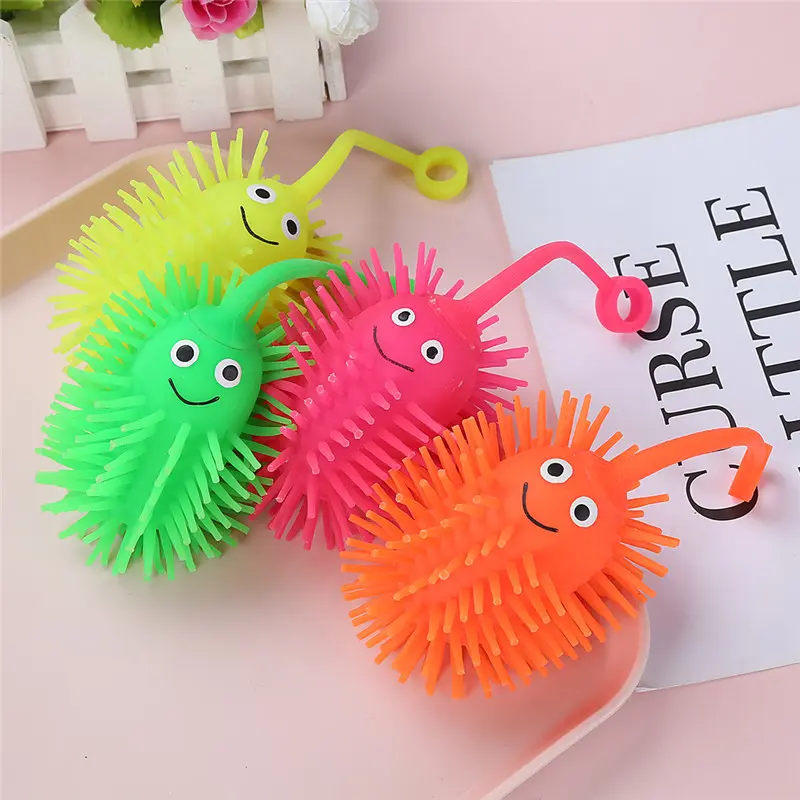Traceability requirements for Puffer Ball in the European market
In the European market, Puffer Ball (stress ball) as a toy product needs to meet a series of traceability requirements to ensure product safety and compliance. These requirements are mainly derived from relevant regulations such as the EU Toy Safety Directive (TOY 2009/48/EC) and the General Product Safety Regulation (GPSR). This article will explore the traceability requirements for Puffer Ball in the European market, including labeling, packaging, documentation and supply chain management.
I. Labeling and packaging requirements
(I) Manufacturer information
The Puffer Ball label must clearly indicate the manufacturer’s name, registered trade name or trademark, and postal and electronic address. If the manufacturer is not located in the EU, the EU responsible person’s information must be marked. This helps consumers and market regulators quickly contact the relevant responsible person when needed.
(II) Product identification information
In order to ensure product traceability, the Puffer Ball label should contain identification information such as product type, batch number or serial number. This information can help trace the source and flow of the product when problems arise, so as to facilitate the adoption of appropriate recall or corrective measures.
(III) Safety warnings and instructions for use
According to the requirements of the EU Toy Safety Directive, Puffer Ball and its packaging need to provide appropriate safety warnings and instructions for use, and this information should be in the language of the country/region where it is sold. For example, if the product is not suitable for children under 36 months old, it must be clearly marked. This not only ensures the safety of consumers, but also helps to avoid risks caused by misuse.
II. Documentation requirements
(I) Technical documents
Manufacturers need to prepare complete technical documents, including information on product design, raw material selection, production process, quality control, etc. These documents should be able to prove that the product complies with relevant EU regulations and standards and can be provided in a timely manner when required by market regulators.
(II) Declaration of compliance
Before entering the European market, Puffer Ball needs to undergo a compliance assessment and obtain the corresponding declaration of compliance. This usually includes CE certification, which proves that the product complies with relevant legislation within the European Economic Area. The declaration of compliance should include product information, test results and the manufacturer’s statement.
(III) Supply chain records
Manufacturers and importers need to establish a complete product tracking system to record the production, sales and disposal of products. These records should be kept for a certain number of years so that products can be quickly traced and recalled when problems arise. At the same time, companies should also share product information with supply chain partners to ensure transparency and traceability of the entire supply chain.
III. Supply Chain Management Requirements
(I) Supplier Audit
Manufacturers need to conduct strict audits of suppliers of raw materials and parts to ensure that the products they provide meet traceability requirements. This includes audits of suppliers’ quality management systems, sources of raw materials, and production processes.
(II) Production Process Control
During the production process, manufacturers should implement strict quality control measures to ensure that each production batch of products meets quality and safety standards. This includes raw material inspection, production process monitoring, and finished product inspection.
(III) Logistics and Warehousing Management
In order to ensure product traceability, manufacturers and importers also need to effectively manage logistics and warehousing. This includes recording product transportation information, storage conditions, and inventory management. Through perfect logistics and warehousing management, the traceability and safety of products throughout the supply chain can be ensured.
IV. Market Supervision and Consumer Protection
(I) Market Supervision
Market regulators in EU member states have the right to inspect and supervise Puffer Balls sold on the market. If it is found that the product does not comply with traceability requirements or other relevant regulations, the market regulator can take corresponding measures, such as requiring product recalls, imposing fines or prohibiting sales.
(II) Consumer Complaint Mechanism
In order to protect the rights and interests of consumers, the EU requires manufacturers and importers to establish an efficient consumer complaint mechanism. When consumers encounter product quality or safety problems, they can provide timely feedback and obtain reasonable solutions. This not only helps to improve consumer satisfaction, but also helps companies to promptly discover and correct problems in products and maintain brand reputation.
V. Innovation and Future Development
(I) Digital Product Passport
With the development of technology, the EU is introducing the concept of Digital Product Passport (DPP) to further improve product traceability and transparency. The digital product passport will contain detailed information about the product, such as ingredients, production process, compliance, etc. By scanning a QR code or using a specific IT system, consumers and market regulators can quickly obtain relevant information about the product. This will be an important development direction for toy products such as Puffer Ball.
(II) Sustainable development
Against the backdrop of growing environmental awareness, Puffer Ball manufacturers are also actively exploring the path of sustainable development. This includes using renewable and recyclable materials, optimizing production processes to reduce energy consumption and waste emissions, and other aspects. Through sustainable development, not only can the market competitiveness of products be improved, but also consumers’ demand for environmentally friendly products can be met.
VI. Conclusion
The traceability requirements for Puffer Ball in the European market cover multiple aspects such as labeling, packaging, document records, supply chain management, and market supervision. Manufacturers and importers need to strictly comply with these requirements to ensure product compliance and safety. With the advancement of technology and the continuous improvement of regulations, the traceability requirements for Puffer Ball will be more stringent and detailed in the future. Enterprises should actively adapt to these changes, improve the competitiveness and market recognition of their products through innovation and sustainable development, and provide consumers with safer and more environmentally friendly products.
Post time: Mar-12-2025

